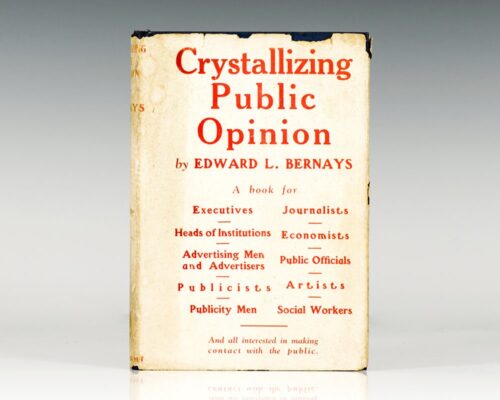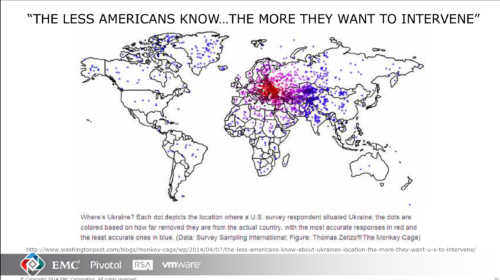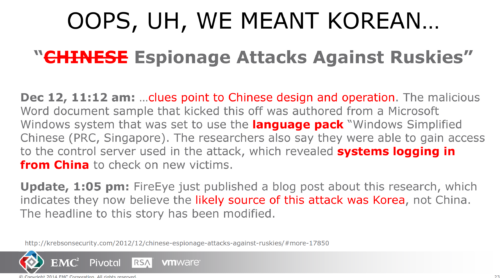There’s yet again evidence of Tesla having expanding critical safety failures, by design.
If you read the already shocking number of complaints to the NHTSA by new Tesla owners, hundreds cite a terrifying sudden unexplained braking event.
Here’s typical language reported for years, as if causing crashes has just been Tesla’s way to learn the crimes they can get away with.
Twice today my model 3 came to a hault when using cruise control on the highway. The second time everything in my car was thrown into the front seat/windshield as i was going 80mph and I took over but was at 30mph by then as it happened so fast .. WTH is going on as I could have been killed and/or killed others.
Note the last sentence because Tesla’s official response has been that they aren’t listening.
In fact, “ghost brakes” have plagued Tesla for a long time. The NHTSA survey [based on reports of Tesla crashes and injuries] covers about 416,000 vehicles produced in 2021 and 2022. Tesla said there have been no reports of crashes or injuries resulting from the issue.
You might think what Tesla said in response sounds unbelievable. And you’d be right.
“No reports” is used as an intentional logical fallacy known as “no true Scotsman“. Even when you crash they might say but it wasn’t a really big crash. And if you have a big crash they might say but plaintiffs weren’t really harmed. And if someone dies they might say but really not many people were harmed.
How can this “plague” of life threatening engineering failures, potential for catastrophic widespread crashes, be ignored by Tesla for so long?!
Sadly the answer is simple, aside from the logical fallacy tactics.
The Tesla CEO is a science denier.
On March 19, 2020 the Tesla CEO used his Twitter account to announce America was headed toward “zero new cases” of COVID-19 by the end of April. At the end of April case counts spiked upwards of 20,000 proving him dangerously wrong. But did he accept science? No, he dug himself deeper into fantasy beliefs and mysticism.
The CEO used his bully pulpit to convince people to ignore warnings about COVID-19 and keep going to work, argued against vaccines and launched baseless attacks on public servants to diminish their ability to provide safety during the pandemic.
He pushed hard for disinformation to be allowed, denying harms while facilitating unnecessary suffering and death.
What a recently exposed report shows is that every Tesla on the road is indeed a result of intentional safety denial and thus a threat to anyone else around them.
A driver told authorities that their Tesla’s “full-self-driving” software braked unexpectedly and triggered an eight-car pileup in the San Francisco Bay Area last month that led to nine people being treated for minor injuries including one juvenile who was hospitalized, according to a California Highway Patrol traffic crash report. […] Tesla Model S was traveling at about 55 mph and shifted into the far left-hand lane, but then braked abruptly, slowing the car to about 20 mph. That led to a chain reaction that ultimately involved eight vehicles to crash, all of which had been traveling at typical highway speeds.
It takes a special kind of criminal to repeatedly raise prices for a product falsely marketed as a road safety feature, when year after year it makes everyone far less safe.
A video posted recently by a FSD user demonstrates the software as an embarrassingly less safe, more stressful ride.
Man, my heart rate is definitely higher during this drive than the average normal drive…
What should come to mind here is Tesla FSD has always been a “fraud” or “snake oil” and public roads should have been protected from it.
As the Center for Auto Safety puts it:
…what’s the threshold number of injuries and deaths and cars driving stupidly that we have to see before NHTSA finds that there’s some sort of defect in these cars?
Calling the bug riddled Tesla FSD a safety feature is like calling meal worm tacos a cure for COVID-19.

Perhaps the regulators soon will be coming to the realization Tesla has always treated its customers like crash test dummies and investors like an ATM.








